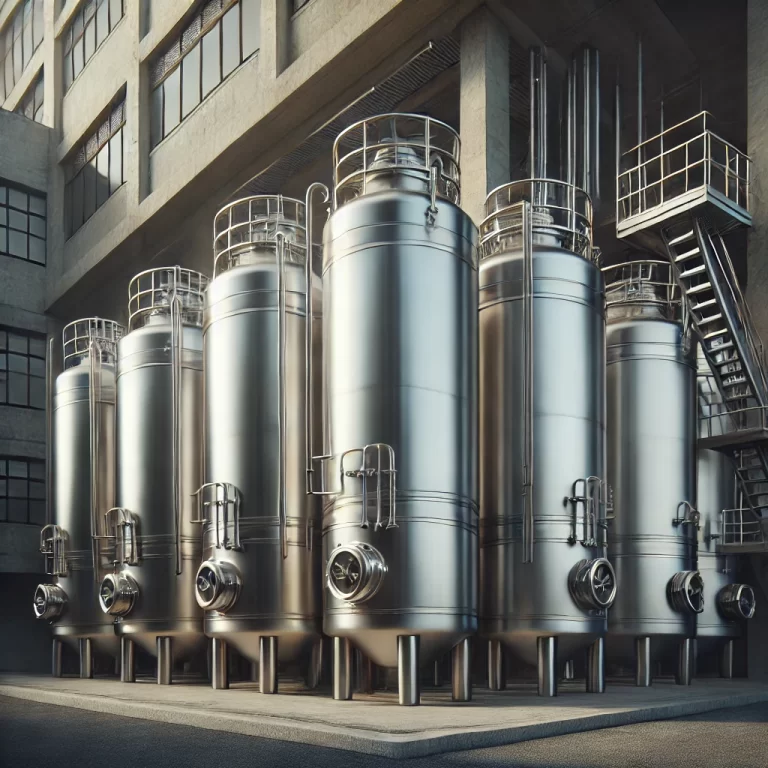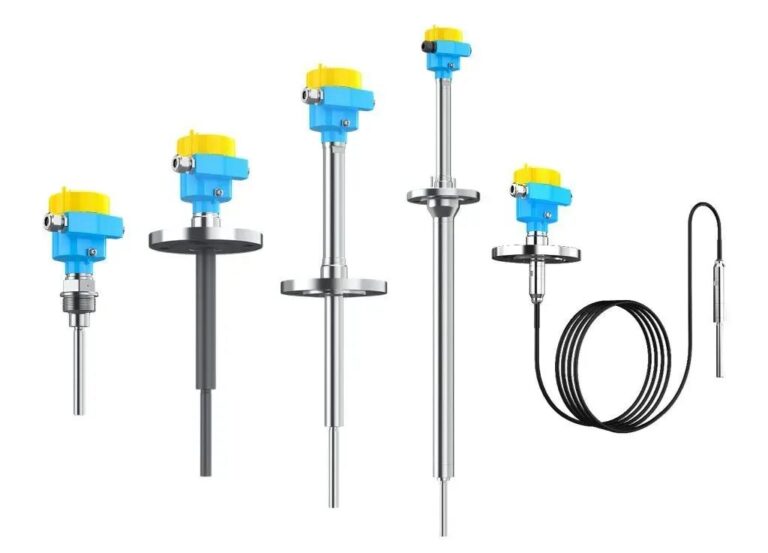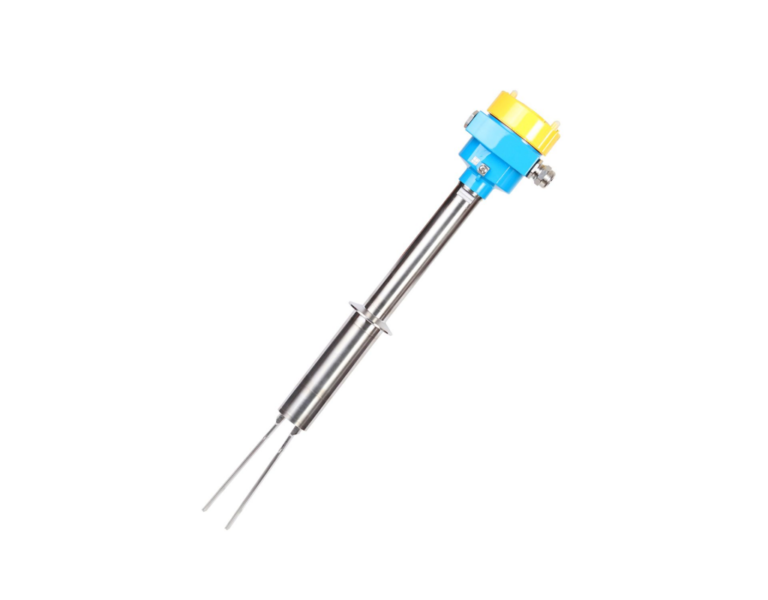1. Market Demand for Ultra-Long Measuring Instruments
With the rapid advancement of industrial technology, ultra-long measuring instruments are increasingly used in applications such as high-level silos, deep wells, and long-distance displacement monitoring. Industries such as metallurgy, energy, construction materials, and mining are driving this demand.
1.1 High-Precision Measurement Requirements
In applications like high tank level monitoring and large silo inventory control, even small measurement errors over long distances can lead to significant safety risks or inventory miscalculations.
1.2 Adaptability to Harsh Environments
These instruments must perform reliably in extreme conditions such as:
High temperatures and pressures (e.g., metallurgical blast furnaces, chemical towers),
Strong corrosive or dusty environments (e.g., waste incineration pits, pressure shafts).
1.3 Real-Time Remote Monitoring Needs
Smart factories and digital industrial systems require remote monitoring, automatic diagnostics, and real-time alerts. Instruments must support:
Wireless communication,
Industrial bus protocols,
Edge computing capabilities.
1.4 Long Service Life and Reliability
Due to their deployment in hard-to-reach locations (e.g., dams, pipelines, wind turbines), these instruments must be durable, stable, and maintenance-free for extended periods.

2. Technical Challenges in Manufacturing
2.1 Dimensional and Assembly Accuracy
As the length increases, even minor errors in assembly can be amplified. Precision must be maintained throughout all segments to avoid accumulated deviations.
2.2 Signal Transmission and Interference
Long-distance signal transmission faces:
Signal attenuation,
Increased susceptibility to electromagnetic and environmental noise.
Solutions include:
Signal amplification,
Shielded low-loss cables,
Noise filtering and impedance matching.
2.3 Structural Stability and Environmental Resistance
Ultra-long structures are sensitive to:
Temperature variation,
Wind load,
Vibration.
Designs must ensure structural rigidity, thermal stability, and resistance to external loads.
2.4 Resonance Frequency Degradation in Vibrating Instruments
Vibrating instruments like tuning fork level switches rely on specific resonance frequencies. As length increases:
Natural frequency decreases,
Sensitivity drops,
Power consumption increases,
Anti-interference capability weakens.
This requires structural reinforcement and enhanced driver design.

3. Case Study: 6-Meter Tuning Fork Level Switch by Zero Instrument
Zero Instrument developed a tuning fork level switch with an extended insertion length of up to 6 meters, meeting demanding industrial needs.
Key Technical Highlights:
Optimized Fork Selection: Pre-screened vibration forks to ensure stable frequency after welding.
Signal Transmission Stability: Low-loss shielded cables with impedance matching.
Precision Welding: Specially designed welding platform to ensure coaxial alignment and structural strength.
Reinforced Construction: Thickened stainless steel tube to prevent bending during transport or installation.
Safe Packaging: Protective sleeve for probe, pearl foam cushioning, and reinforced wooden crates ensure safe delivery.
Field Performance:
This 6-meter model successfully replaced imported devices in a chemical plant in Shandong, China, operating reliably for over 3 years without maintenance. It proves Zero Instrument’s capability in high-precision manufacturing and long-structure quality assurance.

4. Conclusion and Outlook
Manufacturing ultra-long measuring instruments involves cross-disciplinary challenges, including:
Material science,
Structural mechanics,
Electronic control,
Smart integration.
With evolving industry demands, the future of ultra-long instruments lies in enhanced adaptability, durability, and real-time connectivity—delivering performance in increasingly complex environments.
